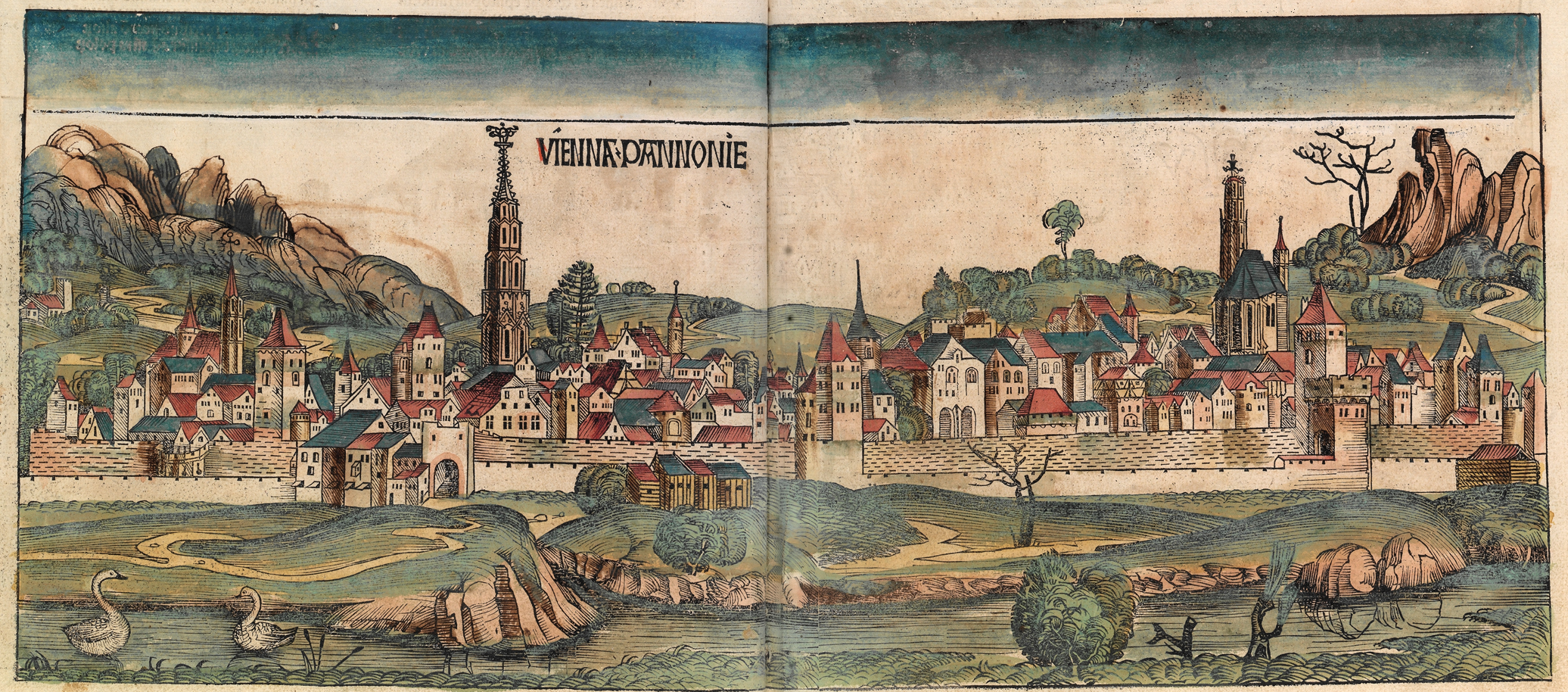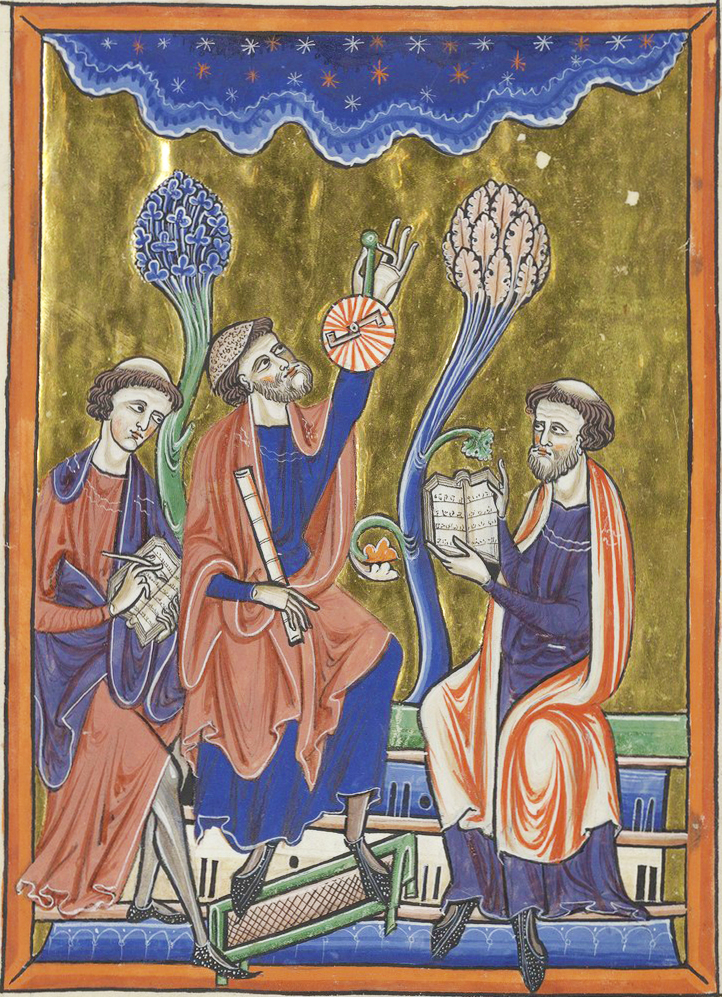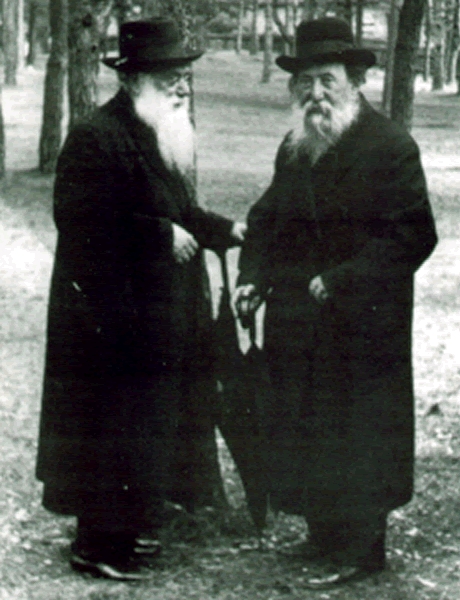|
Rogachover Gaon
Joseph Rosen (, ''Yosef Rosin''; 1858 – 5 March 1936) known as the Rogatchover Gaon (Genius of Rogachev) and Tzofnath Paneach (Decipherer of Secrets—the title of his main work), was an Ashkenazi rabbi and one of the most prominent talmudic scholars of the early 20th-century. Rosen was known as a '' gaon'' (genius) because of his photographic memory and tendency to connect sources from the Talmud to seemingly unrelated situations. Rosen has been described as the foremost Talmudic genius of his time. He is also estimated to have written some 50,000 responsa, making him the most prolific responsa-writer in Jewish history. Biography Joseph Rosen was born in Rogachov, now Belarus, into a Hasidic family of Chabad- Kapust Hasidim, and was educated in the local ''cheder'' (elementary school). His unusual capabilities were noticed at the age of 13, when he was sent to study in Slutsk along with Chaim Soloveitchik (5 years his senior), under Yosef Dov Soloveitchik (Beis Halevi). ... [...More Info...] [...Related Items...] OR: [Wikipedia] [Google] [Baidu] |
Rogachev, Belarus
Rahachow or Rogachev (, ; ; ; , ) is a town in Gomel Region, Belarus. It serves as the administrative center of Rahachow District. Rahachow is located between the Drut and Dnieper rivers. As of 2025, it has a population of 31,490. History The town is first mentioned in 1142 in Rus' chronicles. From the late thirteenth century it was part of the Grand Duchy of Lithuania, and then the Polish–Lithuanian Commonwealth. In 1772, the area was annexed by the Russian Empire. On 16 July 1863 the local landowner Tomasz Hryniewicz was executed here by a Russian firing squad for leading the Rahachow detachment of Polish insurgents. During World War II, Rahachow was occupied by the German Army from 2 July 1941 to 13 July 1941, and again from 14 August 1941 to 24 February 1944. Rahachow also has a popular dairy product factory, whose products are supplied across Russia, Ukraine, and Belarus. Notable people * Joseph Rosen (1858–1936), rabbi * Anatoli Lvovich Kaplan (1902–1980), artist ... [...More Info...] [...Related Items...] OR: [Wikipedia] [Google] [Baidu] |
Daugavpils
Daugavpils (see also other names) is a state city in southeastern Latvia, located on the banks of the Daugava River, from which the city derives its name. The parts of the city to the north of the river belong to the historical Latvian region of Latgale, and those to the south lie in Selonia. It is the second-largest city in the country after the capital Riga, which is located some northwest and is the ninth most populous city in the Baltic states. Daugavpils is located relatively close to Belarus and Lithuania (distances of and , respectively), and some from the Latvian border with Russia. Daugavpils is a major railway junction and industrial centre, and was an historically important garrison city lying approximately midway between Riga and Minsk, and between Warsaw and Saint Petersburg. Daugavpils, then called Dyneburg, was the capital of Polish Livonia while in Polish–Lithuanian Commonwealth. Following the first partition of Poland in 1772, the city became part of ... [...More Info...] [...Related Items...] OR: [Wikipedia] [Google] [Baidu] |
Sholom Dovber Schneersohn
Sholom Dovber Schneersohn () was the fifth rebbe (spiritual leader) of the Chabad-Lubavitch chasidic movement. He is known as "the Rebbe Rashab" (for Reb Sholom Ber). His teachings that encouraged outreach were further developed later. Life Early life Schneersohn was born in Lubavitch, on 20 Cheshvan 5621 (5 November, 1860), the second son of Shmuel Schneersohn, the fourth Chabad ''Rebbe''.''Encyclopedia of Hasidim, entry: Schneersohn, Shalom Dovber''. Naftali Lowenthal. Aronson, London 1996. In 1882, when his father died, he was not quite 22 years old, and his brother Reb Zalman Aharon was not much older. A period followed, during which both brothers fulfilled some of the tasks of a rebbe, but neither felt ready to take on the title and responsibilities. Over this period he gradually took on more responsibilities, particularly in dealing with the impact of the May Laws regarding the Jews, and on Rosh Hashanah 5643 (10 September 1892 OS) he accepted the leadership of the Lu ... [...More Info...] [...Related Items...] OR: [Wikipedia] [Google] [Baidu] |
Vienna
Vienna ( ; ; ) is the capital city, capital, List of largest cities in Austria, most populous city, and one of Federal states of Austria, nine federal states of Austria. It is Austria's primate city, with just over two million inhabitants. Its larger metropolitan area has a population of nearly 2.9 million, representing nearly one-third of the country's population. Vienna is the Culture of Austria, cultural, Economy of Austria, economic, and Politics of Austria, political center of the country, the List of cities in the European Union by population within city limits, fifth-largest city by population in the European Union, and the most-populous of the List of cities and towns on the river Danube, cities on the river Danube. The city lies on the eastern edge of the Vienna Woods (''Wienerwald''), the northeasternmost foothills of the Alps, that separate Vienna from the more western parts of Austria, at the transition to the Pannonian Basin. It sits on the Danube, and is ... [...More Info...] [...Related Items...] OR: [Wikipedia] [Google] [Baidu] |
Rishonim
''Rishonim'' (; ; sing. , ''Rishon'') were the leading rabbis and ''posek, poskim'' who lived approximately during the 11th to 15th centuries, in the era before the writing of the ''Shulchan Aruch'' (, "Set Table", a common printed code of Jewish law, 1563 CE) and following the ''Geonim'' (589–1038 CE). Rabbinic scholars subsequent to the ''Shulchan Aruch'' are generally known as ''acharonim'' ("the latter ones"). The distinction between the and the is meaningful historically; in ''halakha'' (Jewish law) the distinction is less important. According to a widely held view in Orthodox Judaism, the Acharonim generally cannot dispute the rulings of rabbis of previous eras unless they find support from other rabbis in previous eras. On the other hand, this view is not formally a part of ''halakha'' itself, and according to some rabbis is a violation of the halakhic system.See Kesef Mishna (Maamrim 2:2), Kovetz Igros Chazon Ish (2:26) In ''The Principles of Jewish Law'', Orthodox ra ... [...More Info...] [...Related Items...] OR: [Wikipedia] [Google] [Baidu] |
Acharonim
In Halakha, Jewish law and history, ''Acharonim'' (, , ; ; ) are the leading rabbis and Posek, poskim (Jewish legal decisors) living from roughly the 16th century to the present, and more specifically since the writing of the ''Shulchan Aruch'' (; a code of Jewish law) in 1563 CE. The ''Acharonim'' follow the ''Rishonim'', the "first ones"—the rabbinic scholars between the 11th and the 16th century following the ''Geonim'' and preceding the ''Shulchan Aruch''. The publication of the ''Shulchan Aruch'' thus marks the transition from the era of Rishonim to that of Acharonim. The Acharonim are thus contemporary with the Early Modern Period, the foundation of Hasidic Judaism, Jewish emancipation in Europe, the Haskalah (Jewish Enlightenment), Zionism, the Holocaust, the foundation of the Israel, State of Israel and the Jewish exodus from the Muslim world. Consequences for Halakhic change The distinction between the ''Acharonim'', ''Rishonim'' and ''Geonim'' is meaningful histo ... [...More Info...] [...Related Items...] OR: [Wikipedia] [Google] [Baidu] |
Maimonides
Moses ben Maimon (1138–1204), commonly known as Maimonides (, ) and also referred to by the Hebrew acronym Rambam (), was a Sephardic rabbi and Jewish philosophy, philosopher who became one of the most prolific and influential Torah scholars of the Middle Ages. In his time, he was also a preeminent astronomer and physician, serving as the personal physician of Saladin. He was born on Passover eve 1138 or 1135, and lived in Córdoba, Spain, Córdoba in al-Andalus (now in Spain) within the Almoravid dynasty, Almoravid Empire until his family was expelled for refusing to convert to Islam. Later, he lived in Morocco and Egypt and worked as a rabbi, physician and philosopher. During his lifetime, most Jews greeted Maimonides' writings on Halakha, Jewish law and Jewish ethics, ethics with acclaim and gratitude, even as far away as Iraq and Yemen. Yet, while Maimonides rose to become the revered head of the History of the Jews in Egypt, Jewish community in Egypt, his writings also ... [...More Info...] [...Related Items...] OR: [Wikipedia] [Google] [Baidu] |
Shimon Shkop
Shimon Yehuda Shkop (; 1860 – October 22, 1939) was Rosh Yeshiva (dean) of the Yeshiva of Telshe, and later of Yeshiva Shaar HaTorah of Grodno. Having innovated a style of Torah study, applying both to Halacha and to Talmud, he was widely regarded as a major Talmid Chacham (Talmudic scholar). Biography Early life Shkop was born in Torez, today in Ukraine, in 1860. At the age of twelve he went to study in the Mir Yeshiva for two years. He then traveled to the Volozhin yeshiva where he studied under Naftali Zvi Yehuda Berlin, "Netziv", for six years. His study partners included Chaim Ozer Grodzinski. Shkop also joined the ''chaburah'' of Rav Chaim Soloveitchik, "Chaim Brisker", analyzing the ''gemara'' using what would come to be called the " Brisker derech"; he was thus among the first students exposed to the new approach. Telz and Grodno Shkop married a niece of Eliezer Gordon, and in 1884 was appointed a rosh mesivta at Telz Yeshiva, where he remained for 18 ... [...More Info...] [...Related Items...] OR: [Wikipedia] [Google] [Baidu] |
Chicago
Chicago is the List of municipalities in Illinois, most populous city in the U.S. state of Illinois and in the Midwestern United States. With a population of 2,746,388, as of the 2020 United States census, 2020 census, it is the List of United States cities by population, third-most populous city in the United States after New York City and Los Angeles. As the county seat, seat of Cook County, Illinois, Cook County, the List of the most populous counties in the United States, second-most populous county in the U.S., Chicago is the center of the Chicago metropolitan area, often colloquially called "Chicagoland" and home to 9.6 million residents. Located on the shore of Lake Michigan, Chicago was incorporated as a city in 1837 near a Chicago Portage, portage between the Great Lakes and the Mississippi River, Mississippi River watershed. It grew rapidly in the mid-19th century. In 1871, the Great Chicago Fire destroyed several square miles and left more than 100,000 homeless, but ... [...More Info...] [...Related Items...] OR: [Wikipedia] [Google] [Baidu] |
Boston
Boston is the capital and most populous city in the Commonwealth (U.S. state), Commonwealth of Massachusetts in the United States. The city serves as the cultural and Financial centre, financial center of New England, a region of the Northeastern United States. It has an area of and a population of 675,647 as of the 2020 United States census, 2020 census, making it the third-largest city in the Northeastern United States after New York City and Philadelphia. The larger Greater Boston metropolitan statistical area has a population of 4.9 million as of 2023, making it the largest metropolitan area in New England and the Metropolitan statistical area, eleventh-largest in the United States. Boston was founded on Shawmut Peninsula in 1630 by English Puritans, Puritan settlers, who named the city after the market town of Boston, Lincolnshire in England. During the American Revolution and American Revolutionary War, Revolutionary War, Boston was home to several seminal events, incl ... [...More Info...] [...Related Items...] OR: [Wikipedia] [Google] [Baidu] |
Menachem Mendel Schneerson
Menachem Mendel Schneerson ( – June 12, 1994; Anno Mundi, AM 11 Nissan 5662 – 3 Tammuz 5754), known to adherents of the Chabad-Lubavitch movement as the Lubavitcher Rebbe or simply the Rebbe, was an American Orthodox rabbi and the most recent Rebbe of the Chabad, Lubavitch List of Hasidic dynasties and groups, Hasidic dynasty. He is considered one of the most influential Jewish leaders of the 20th century.Matt Flegenheimer"Thousands Descend on Queens on 20th Anniversary of Grand Rebbe’s Death", ''The New York Times'' As leader of the Chabad-Lubavitch movement, he took an insular Hasidic group that almost came to an end with the Holocaust and transformed it into one of the most influential movements in religious Jewry, with an international network of over 5,000 educational and social centers. The institutions he established include kindergartens, schools, drug-rehabilitation centers, care-homes for the disabled, and synagogues.Editorial, 07/08/14"Rebbe to the city and Reb ... [...More Info...] [...Related Items...] OR: [Wikipedia] [Google] [Baidu] |








